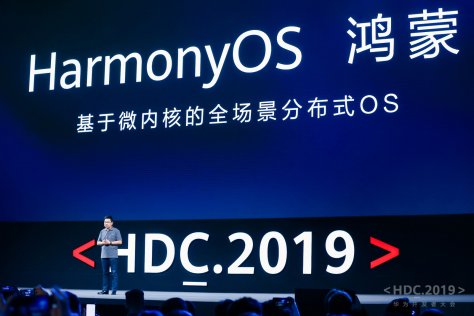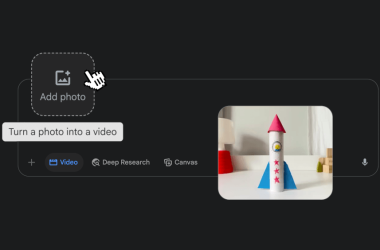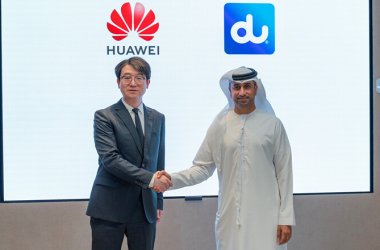Huawei has announced the launch of its very own operating system called HarmonyOS.
HarmonyOS is a new microkernel-based, distributed operating system designed to deliver a cohesive user experience across all devices.
Richard Yu, CEO of Huawei’s Consumer Business Group, said, “We’re entering a day and age where people expect a holistic intelligent experience across all devices and scenarios. To support this, we felt it was important to have an operating system with improved cross-platform capabilities. We needed an OS that supports all scenarios, that can be used across a broad range of devices and platforms, and that can meet consumer demand for low latency and strong security.”
“These were our goals with HarmonyOS,” he continued. “HarmonyOS is completely different from Android and iOS. It is a microkernel-based, distributed OS that delivers a smooth experience across all scenarios. It has trustworthy and secure architecture, and it supports seamless collaboration across devices. You can develop your apps once, then flexibly deploy them across a range of different devices.”
Traditionally, new operating systems are released alongside new types of devices. As early as 10 years ago, Huawei envisioned a future where intelligence would seamlessly integrate with all aspects of our lives, and it began exploring how it might deliver this experience – one that would transcend the boundaries of physical space and span different hardware and platforms.
According to Huawei, HarmonyOS is a lightweight, compact operating system with powerful functionality, and it will first be used for smart devices like smart watches, smart screens, in-vehicle systems, and smart speakers.
Through this implementation Huawei aims to establish an integrated and shared ecosystem across devices, create a secure and reliable runtime environment, and deliver a holistic intelligent experience across every interaction with every device.
HarmonyOS has four distinct technical features, according to the China-based phone maker. Firstly, it adopts a distributed architecture and distributed virtual bus technology, HarmonyOS offers a shared communications platform, distributed data management, distributed task scheduling, and virtual peripherals.
It also addresses underperformance challenges with a Deterministic Latency Engine and high-performance Inter Process Communication (IPC). Thirdly, it also sports a brand-new microkernel design that features enhanced security and low latency. Harmony OS’s microkernel design uses formal verification methods to reshape security and trustworthiness from the ground up in a Trusted Execution Environment (TEE). It is the first OS to use formal verification in device TEE, significantly improving security.
Finally, it is powered by a multi-device IDE, multi-language unified compilation, and a distributed architecture kit, HarmonyOS can automatically adapt to different screen layout controls and interactions, and support both drag-and-drop control and preview-oriented visual programming. This allows developers to more efficiently build apps that run on multiple devices.
Huawei has also announced the evolution roadmap for HarmonyOS and its kernel. HarmonyOS 1.0 will be first adopted in its smart screen products, which are due to launch later this year. Over the next three years, HarmonyOS will be optimised and gradually adopted across a broader range of smart devices, including wearables, HUAWEI Vision, and head units for cars.
“We believe HarmonyOS will revitalise the industry and enrich the ecosystem,” said Yu. “Our goal is to bring people a truly engaging and diverse experience. We want to invite developers from around the world to join us as we build out this new ecosystem. Together, we will deliver an intelligent experience for consumers in all scenarios.”





